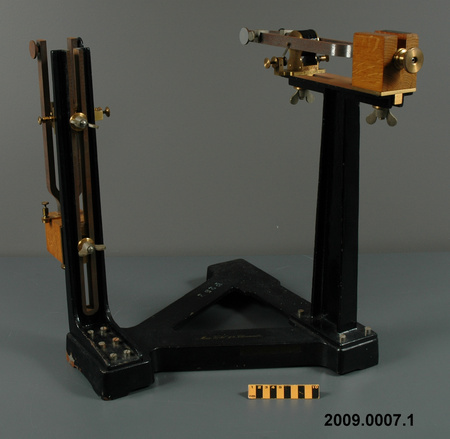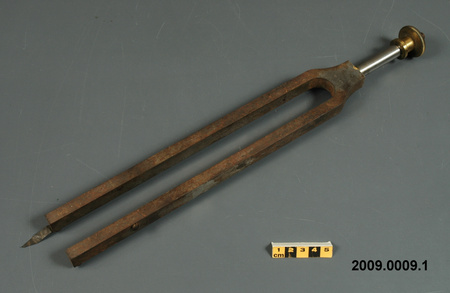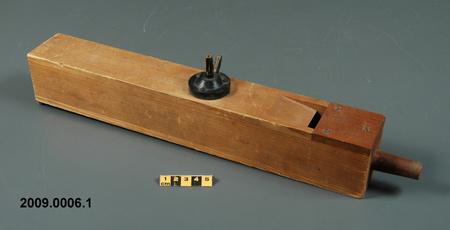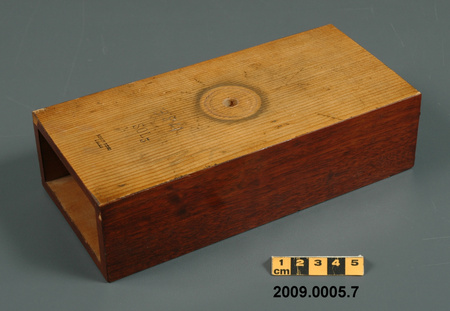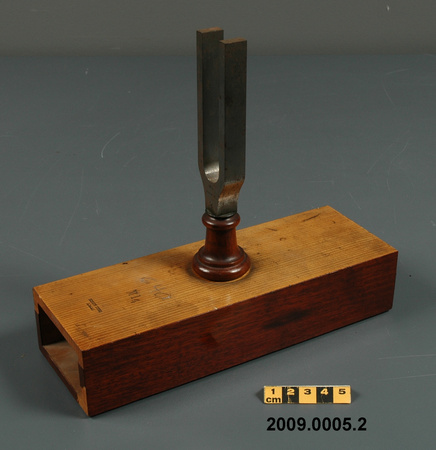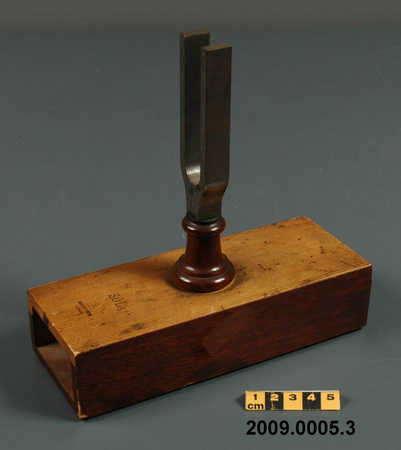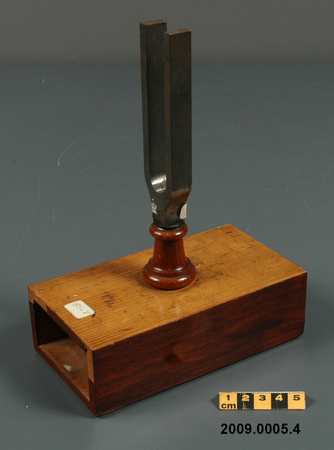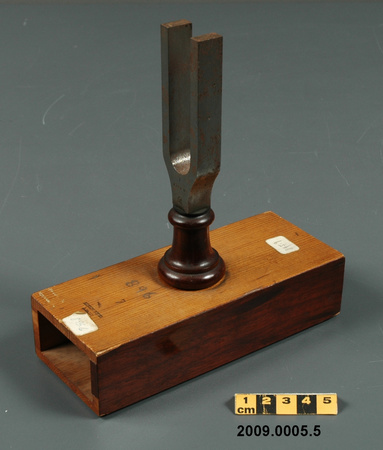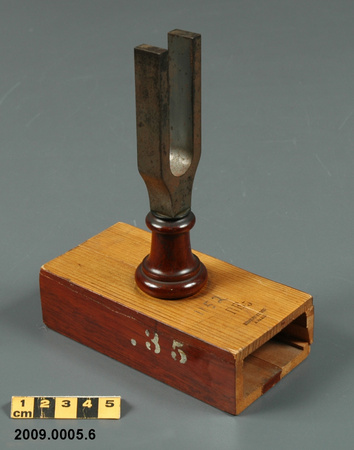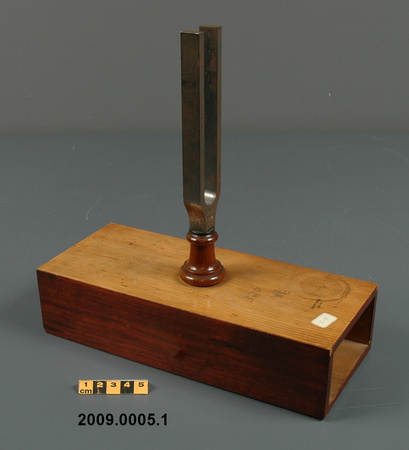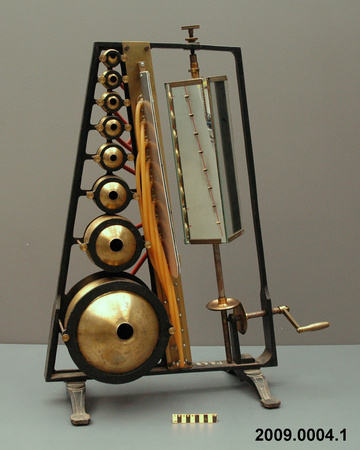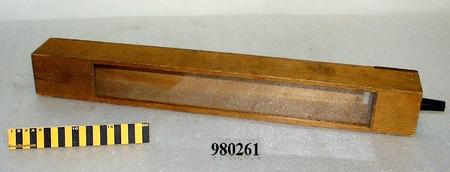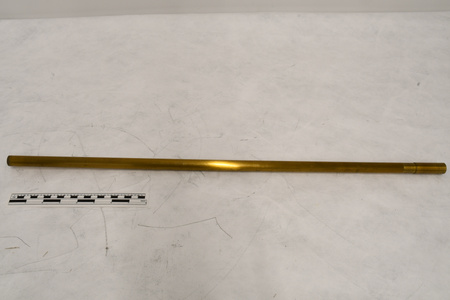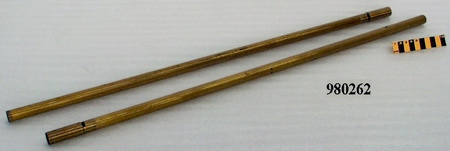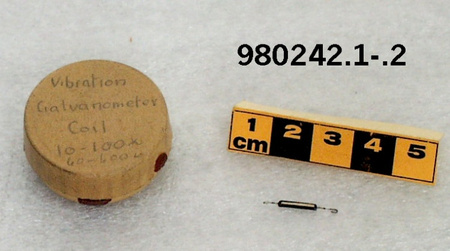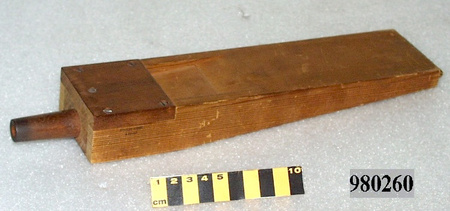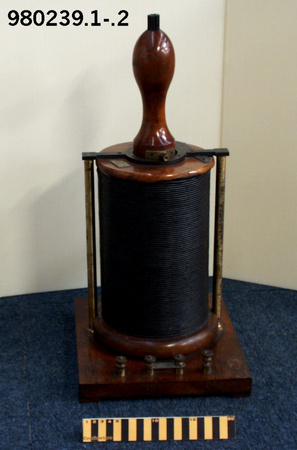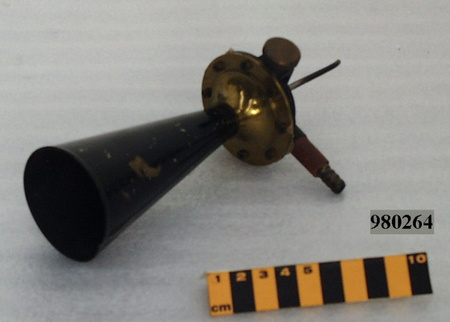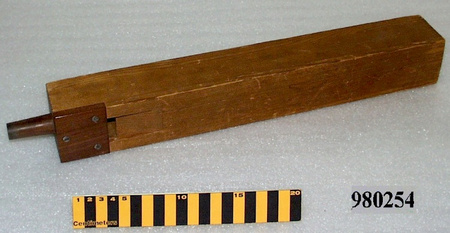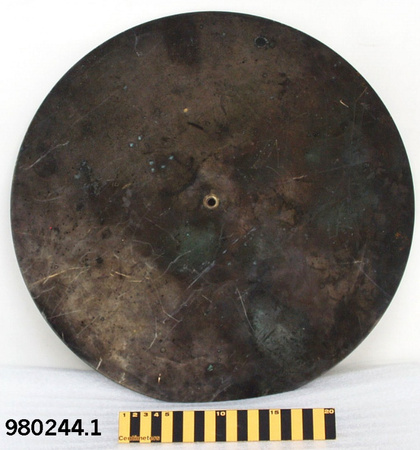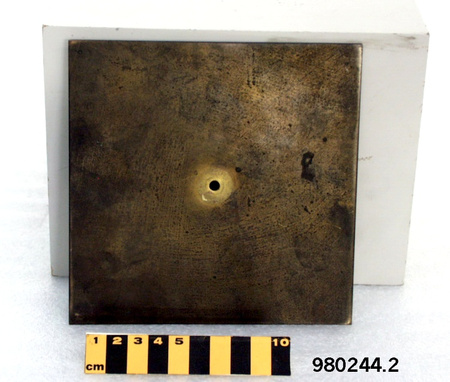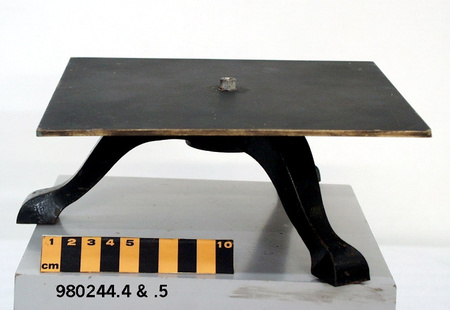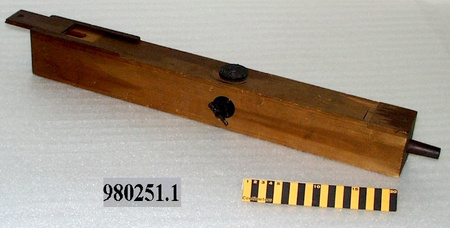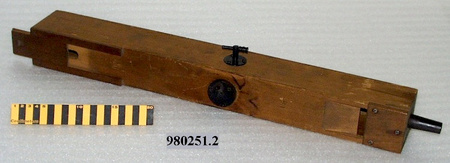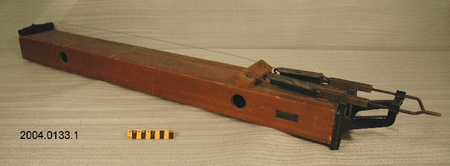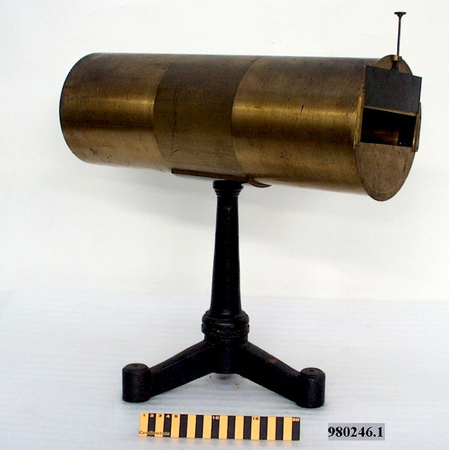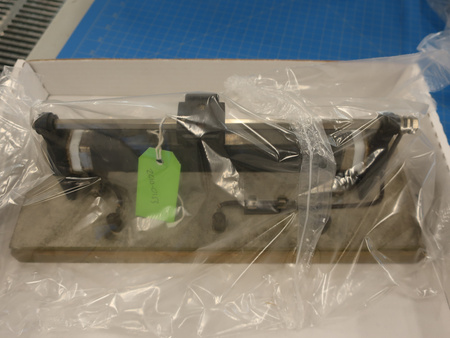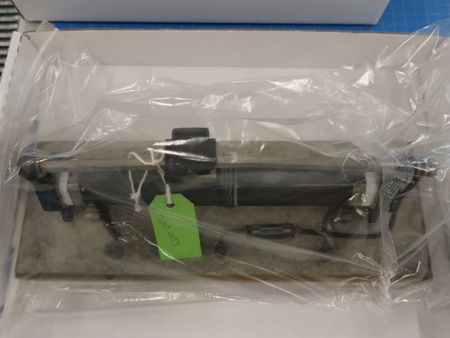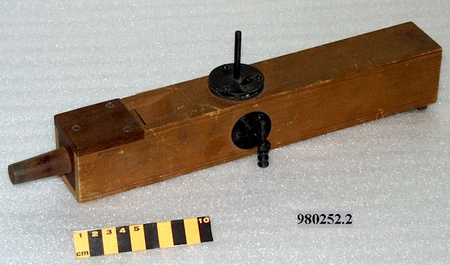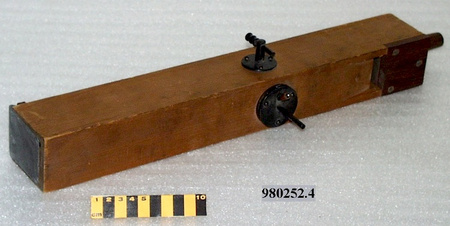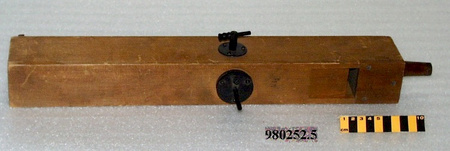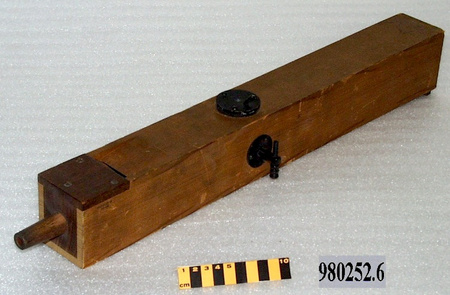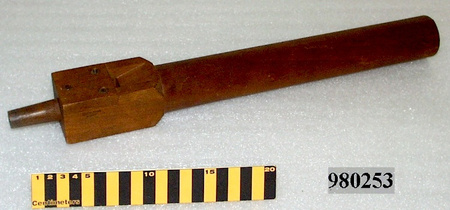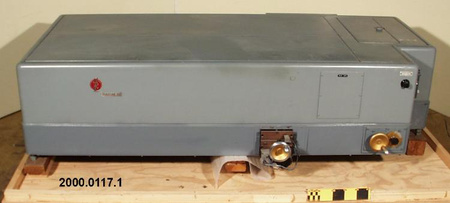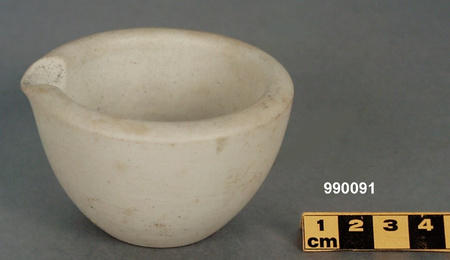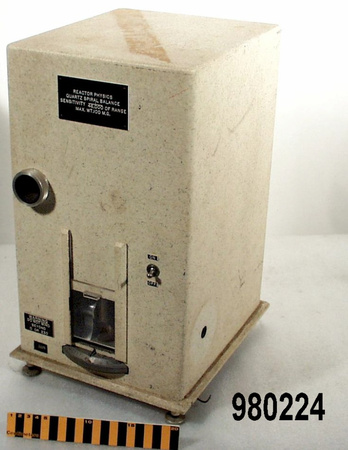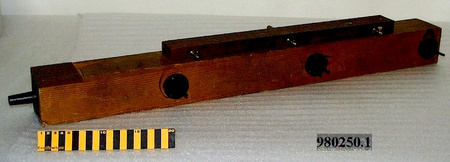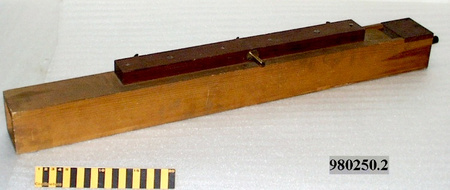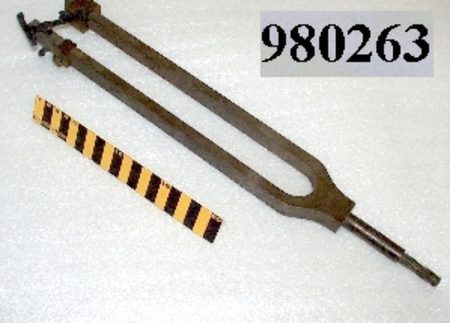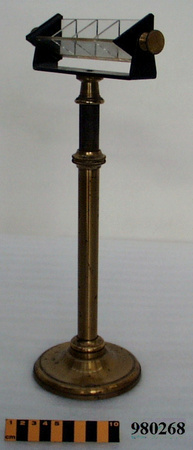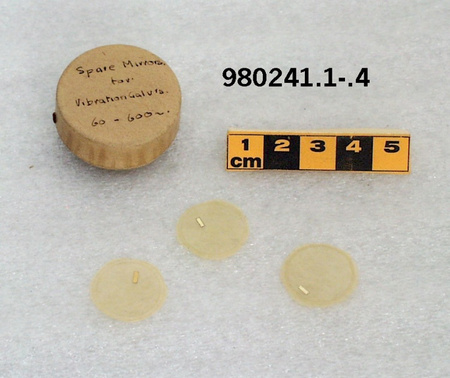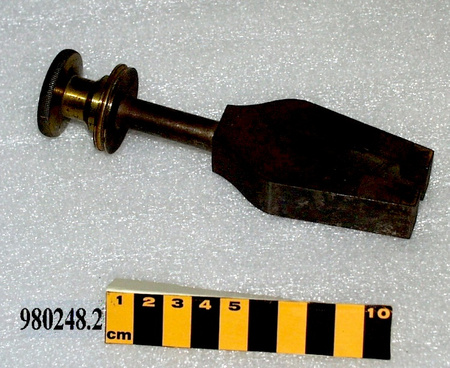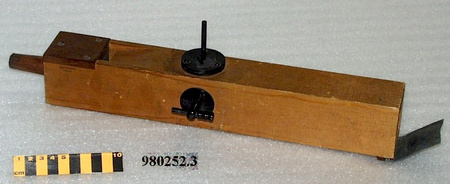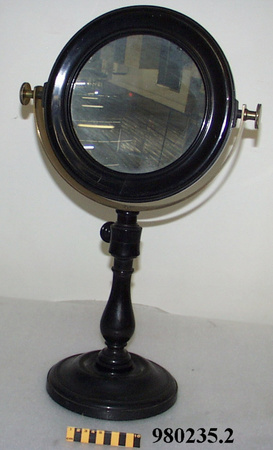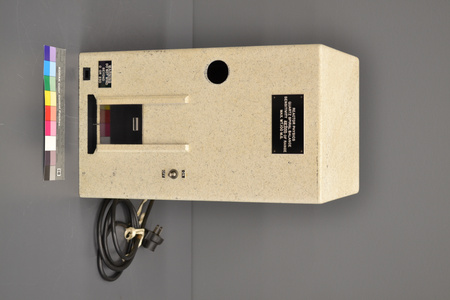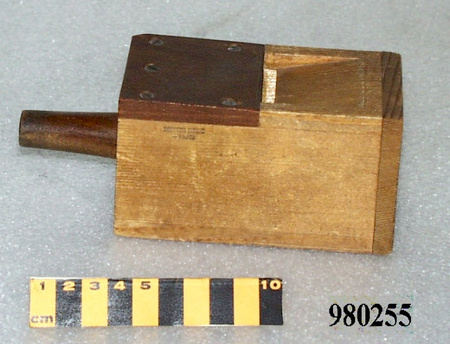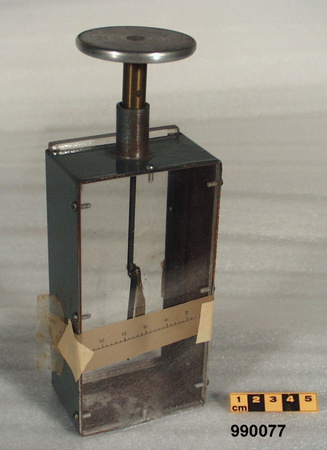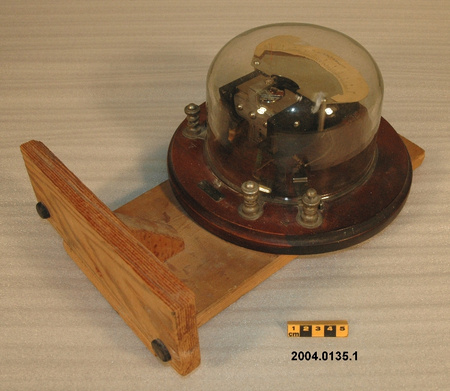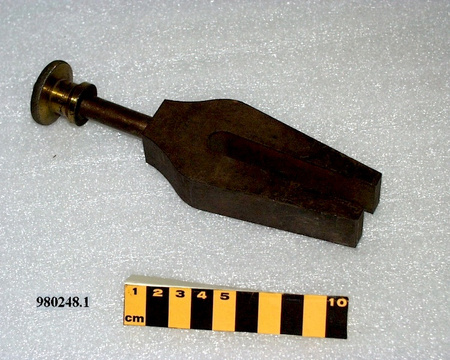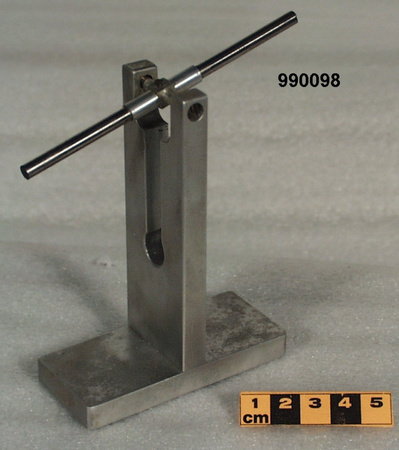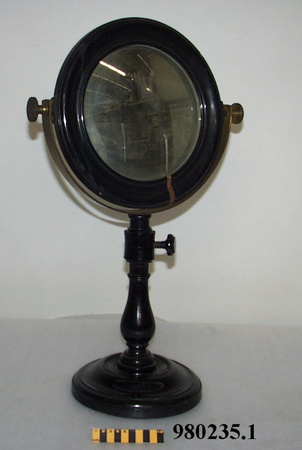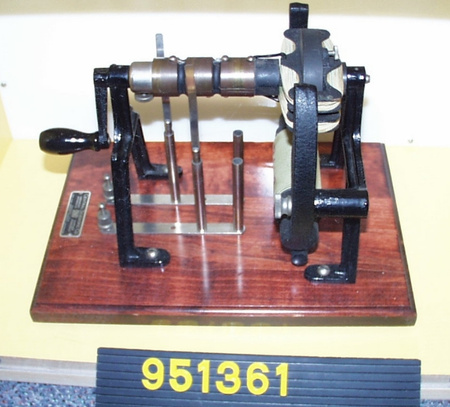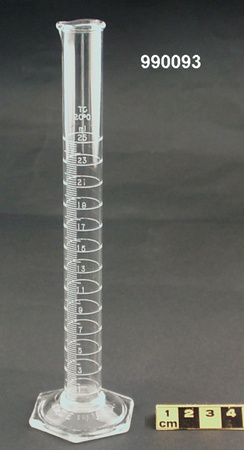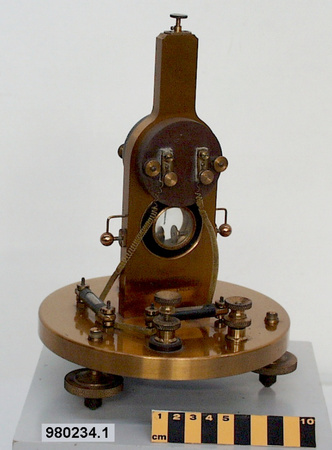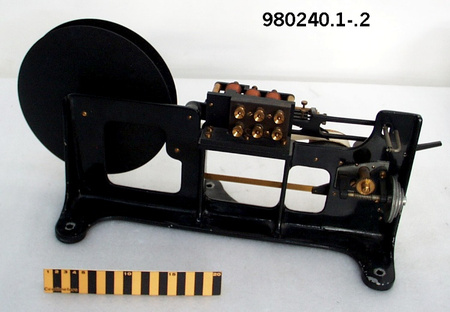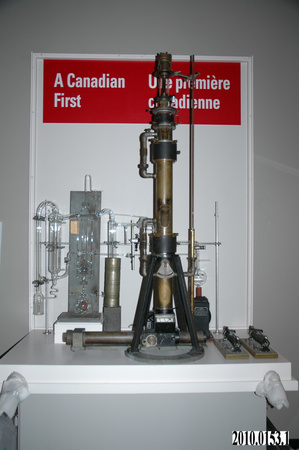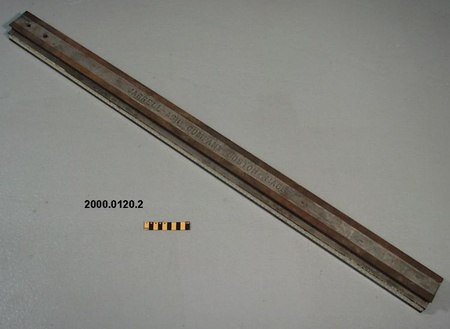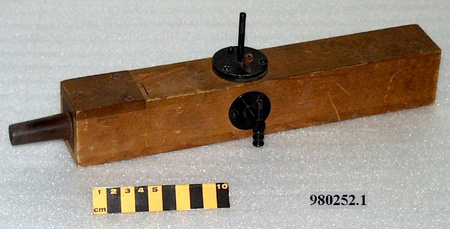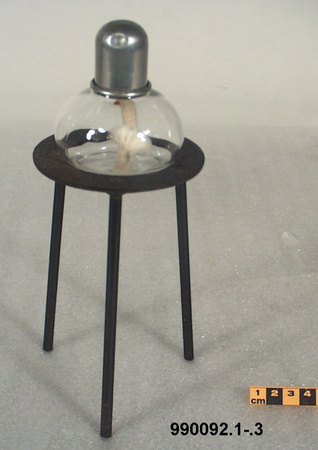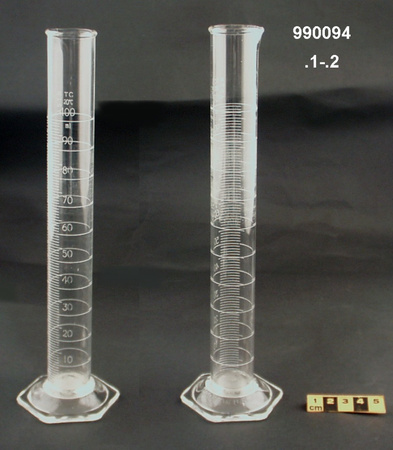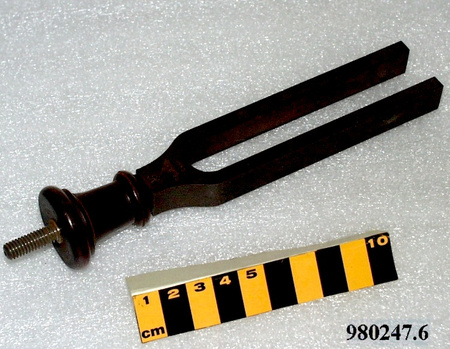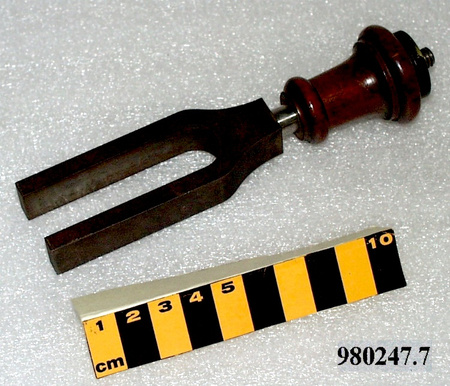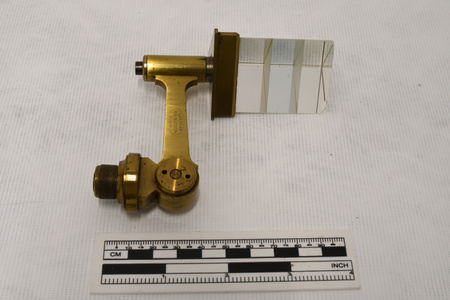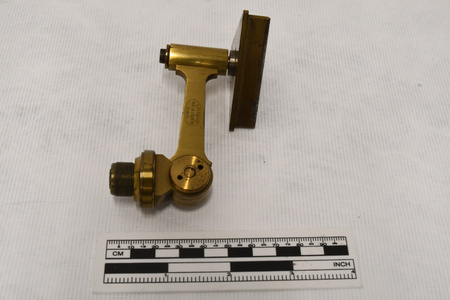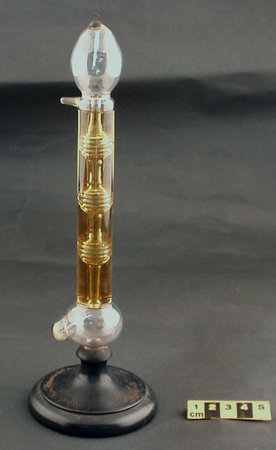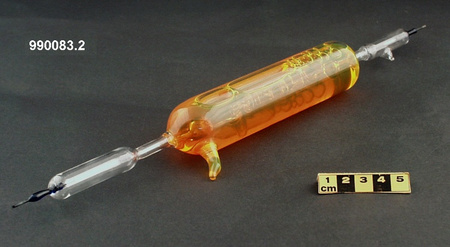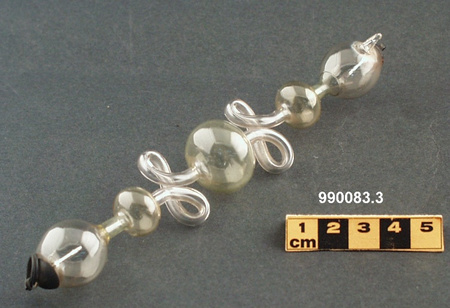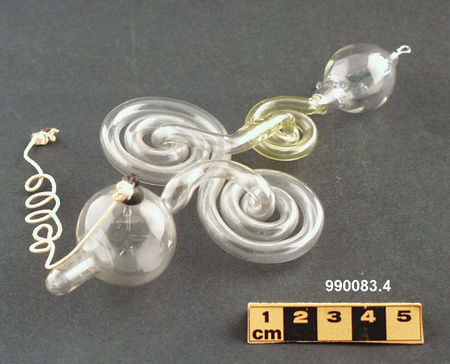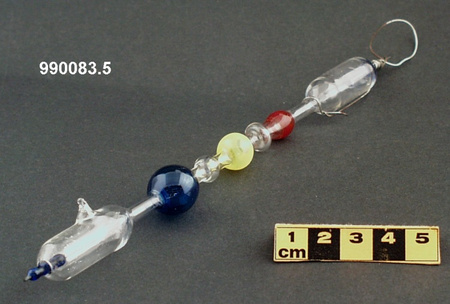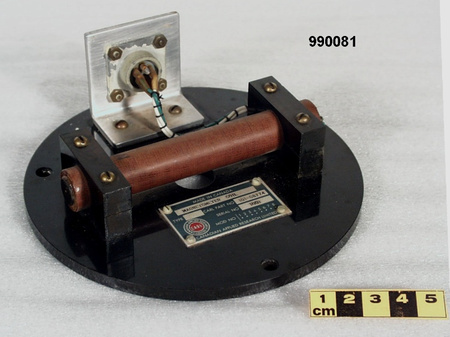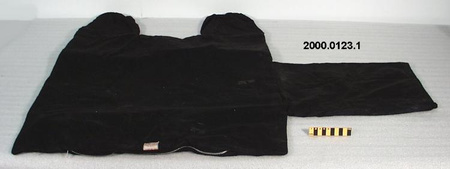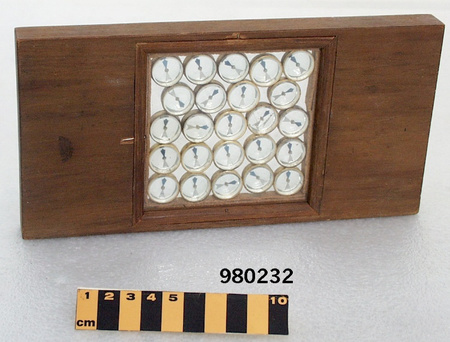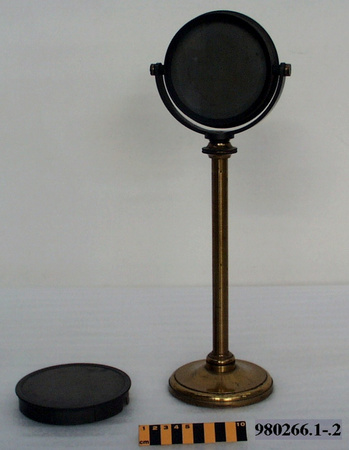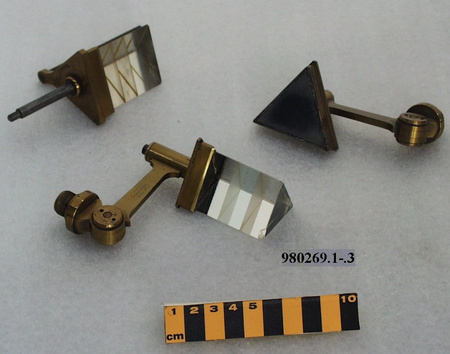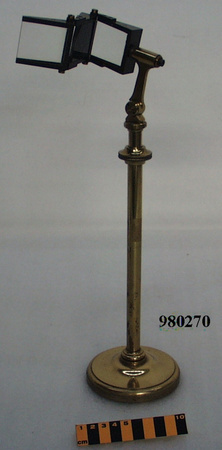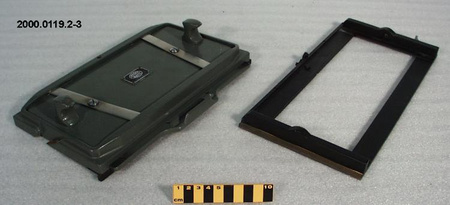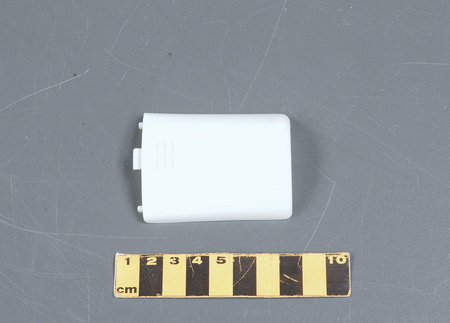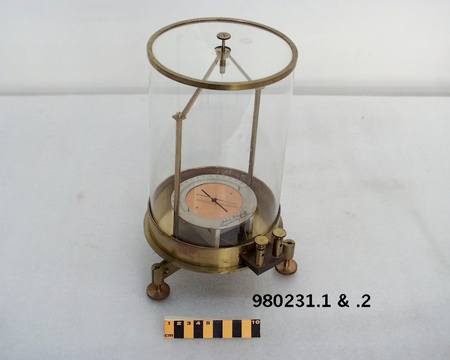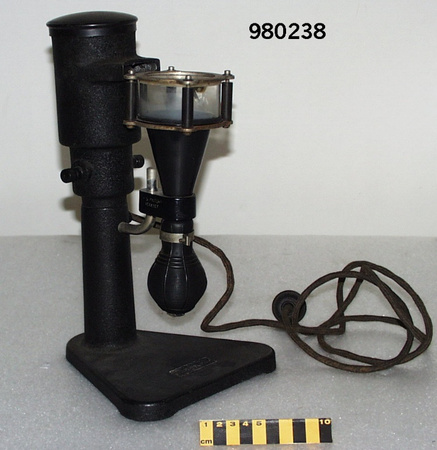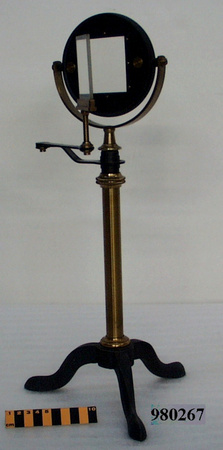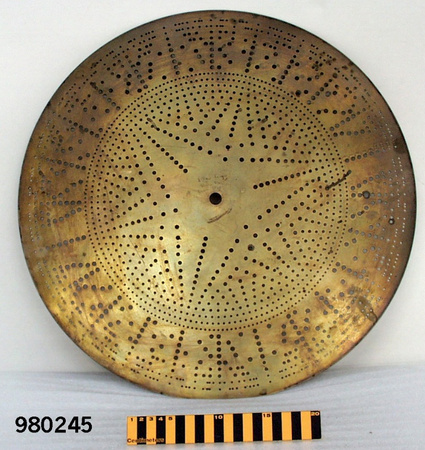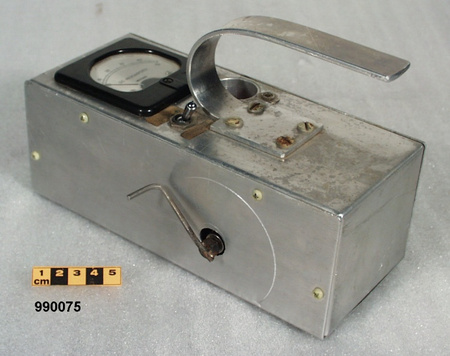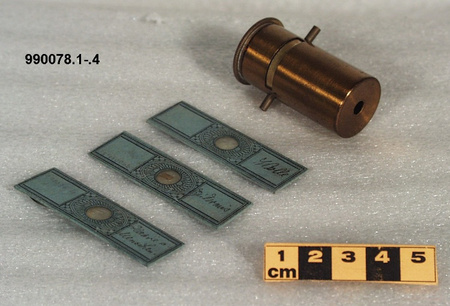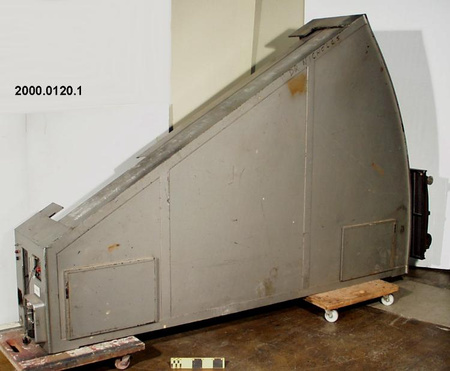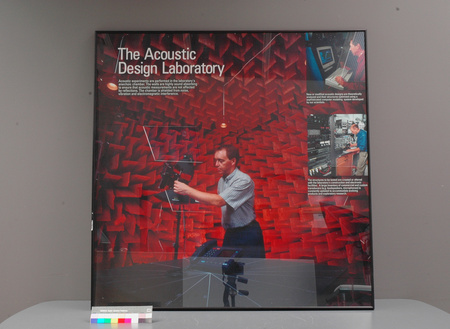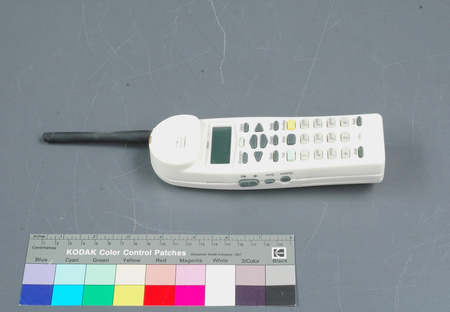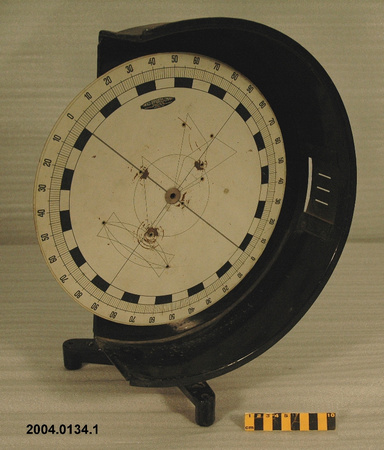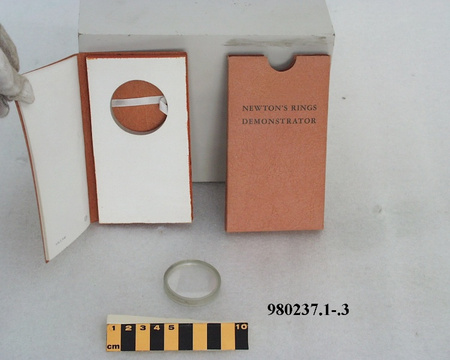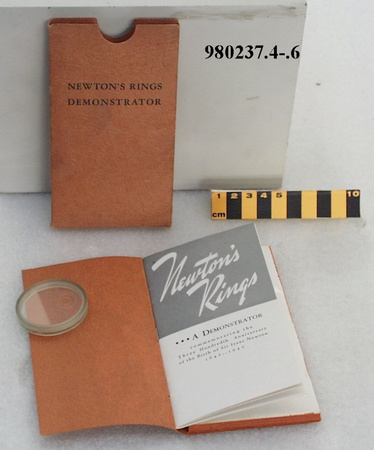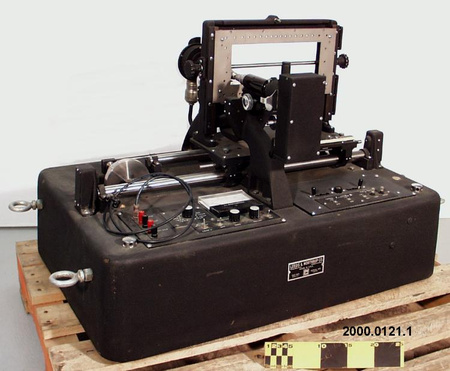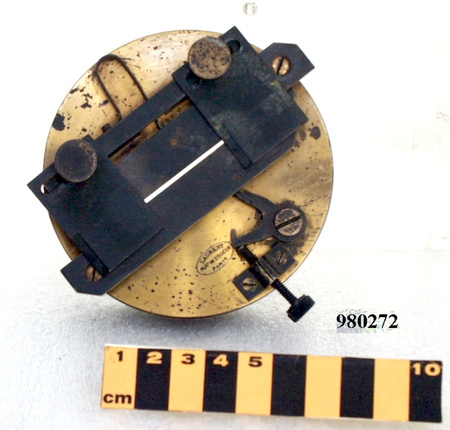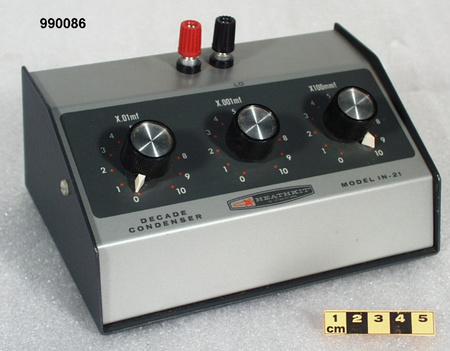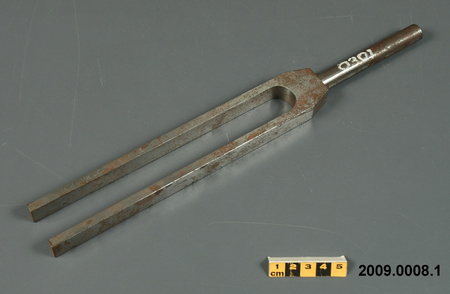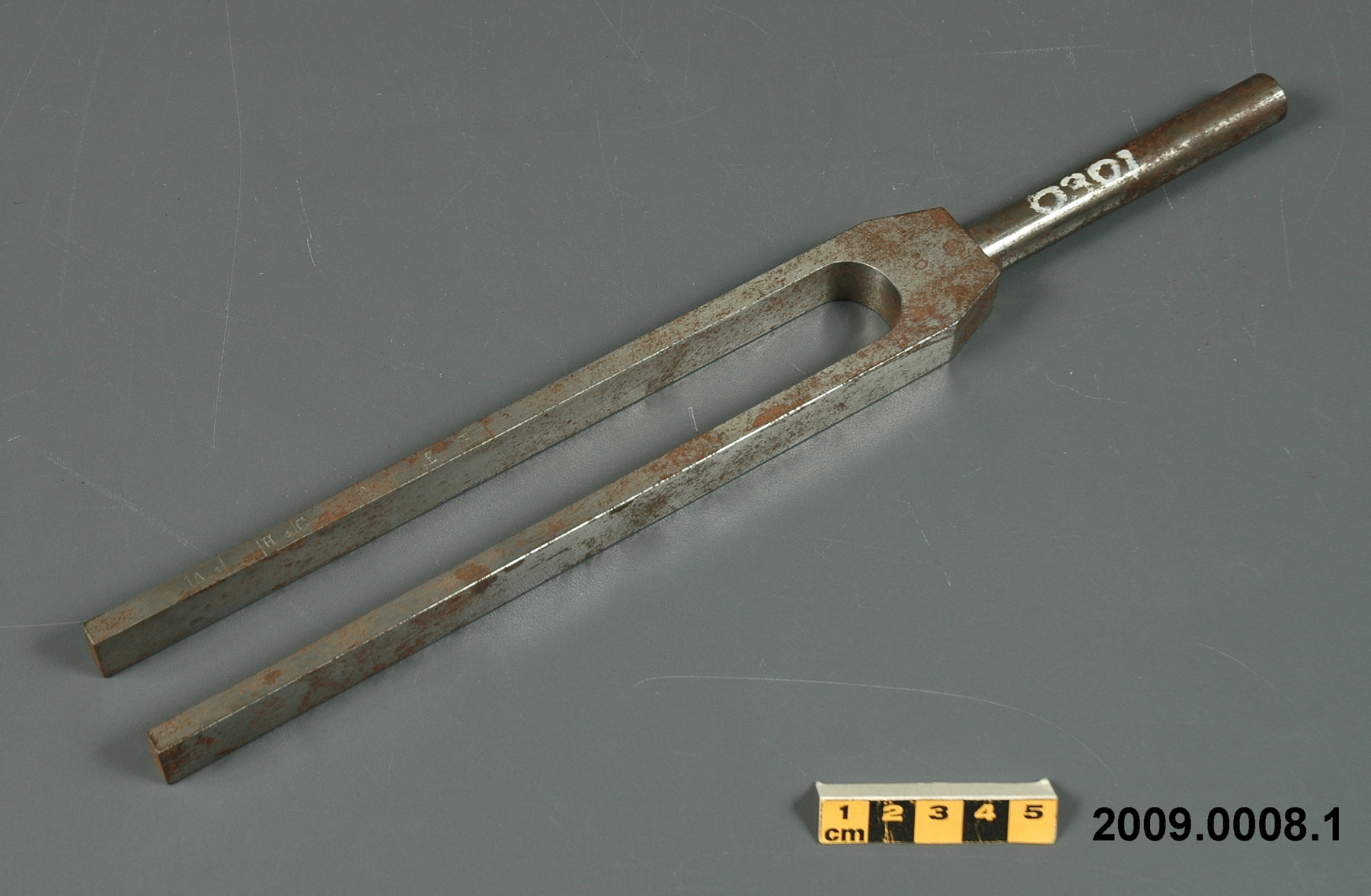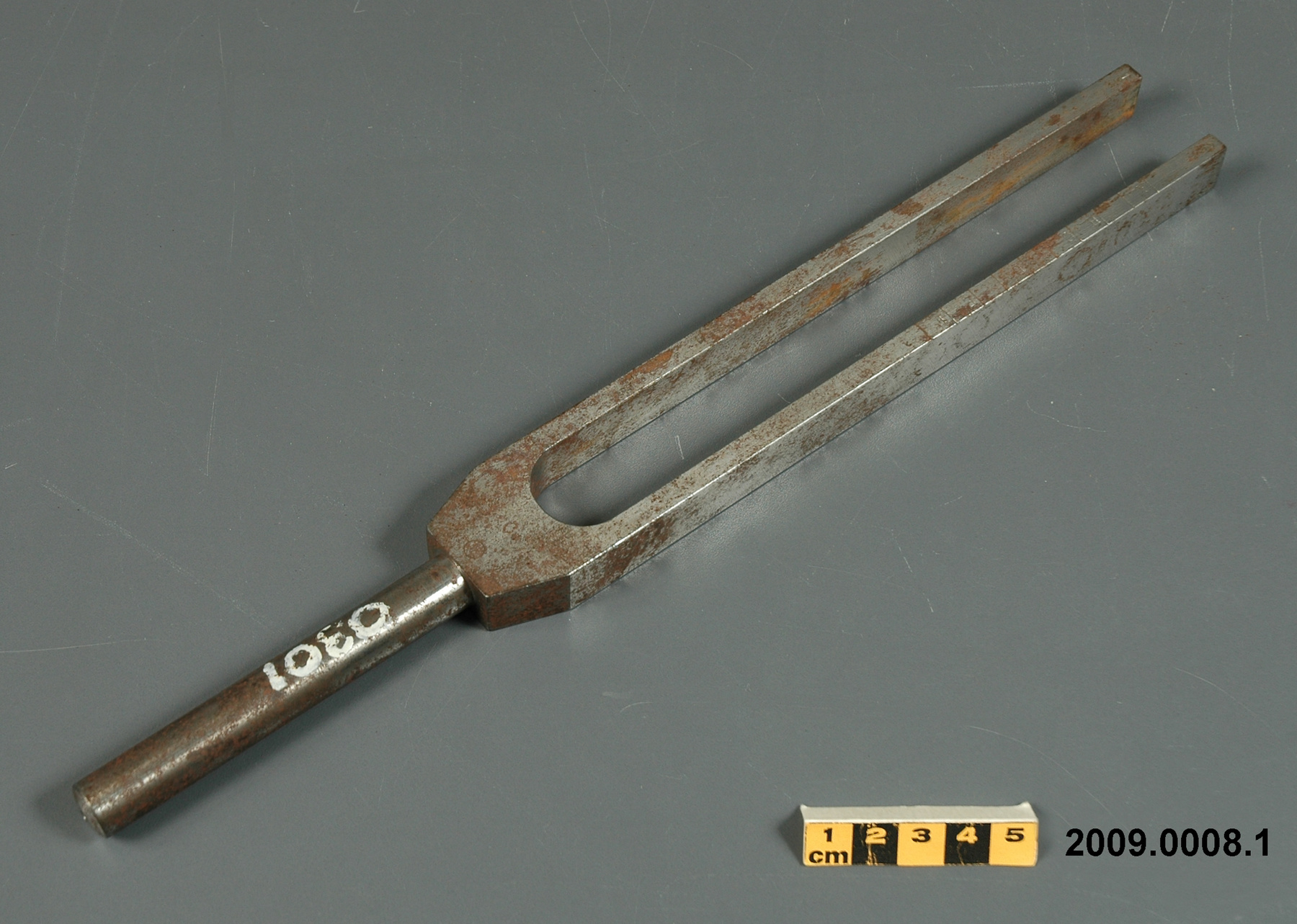Diapason
Utiliser cette image
Puis-je réutiliser cette image sans autorisation? Oui
Les images sur le portail de la collection d’Ingenium ont la licence Creative Commons suivante :
Copyright Ingenium / CC BY-NC-ND (Attribution-NonCommercial 4.0 International (CC BY-NC 4.0)
ATTRIBUER CETTE IMAGE
Ingenium,
2009.0008.001
Permalien:
Ingenium diffuse cette image sous le cadre de licence Creative Commons et encourage son téléchargement et sa réutilisation à des fins non commerciales. Veuillez mentionner Ingenium et citer le numéro de l’artefact.
TÉLÉCHARGER L’IMAGEACHETER CETTE IMAGE
Cette image peut être utilisée gratuitement pour des fins non commerciales.
Pour un usage commercial, veuillez consulter nos frais de reproduction et communiquer avec nous pour acheter l’image.
- TYPE D’OBJET
- unmounted
- DATE
- Inconnu
- NUMÉRO DE L’ARTEFACT
- 2009.0008.001
- FABRICANT
- Kohl, Max AG
- MODÈLE
- C
- EMPLACEMENT
- Allemagne
Plus d’information
Renseignements généraux
- Nº de série
- S/O
- Nº de partie
- 1
- Nombre total de parties
- 7
- Ou
- S/O
- Brevets
- S/O
- Description générale
- ferrous metal
Dimensions
Remarque : Cette information reflète la taille générale pour l’entreposage et ne représente pas nécessairement les véritables dimensions de l’objet.
- Longueur
- 33,0 cm
- Largeur
- 3,8 cm
- Hauteur
- 1,6 cm
- Épaisseur
- S/O
- Poids
- S/O
- Diamètre
- S/O
- Volume
- S/O
Lexique
- Groupe
- Physique
- Catégorie
- Acoustique
- Sous-catégorie
- S/O
Fabricant
- Ou
- Kohl
- Pays
- Allemagne
- État/province
- Inconnu
- Ville
- Inconnu
Contexte
- Pays
- Canada
- État/province
- Ontario
- Période
- Inconnu
- Canada
-
A piece of French made equipment from the original laboratories of one of Canada's premier research schools. These apparatus derive from the earliest days of physics teaching at Western University in London (1920s). In the late nineteenth century, Canadian scientists such as J.C. McLennan (Canada's first PhD in physics in 1900, U of T) learned the basics of physics using these apparatus. The maker, Rudolph Koenig, was influential in helping Prof. James Loudon establish the first teaching laboratory in Canada in the 1870s and 80s, which was emulated at other schools such as Queen's, Western and McGill. These particular apparatus were probably obtained c. 1920 by Raymond Compton Dearle, who had done a PHD at the University of Toronto under J.C. McLennan. The French connection is also significant. In the late nineteenth century, every college and university in Canada and the United States bought instruments from Paris. They were deemed an essential part of early research and teaching. - Fonction
-
An instrument which, when struck, audibly reproduces a note of a definite pitch., used specifically to test the sensitivity of the ear to sound - Technique
-
An early acoustical instrument. The manufacturer's catalogue (Ref. 2) describes an identical or similar item as a Tuning fork with sliding weights for Bezold's continuous progression of tones, for testing sensitivity of the ear to sound. Acoustical demonstrations were an enormously popular part of basic science and physics education during the nineteenth century. They were the foundation of fundamental studies in physics, musicology and psychology. Teaching laboratories and conservatories across Europe and North America had large acoustical collections for demonstrating and experimenting with sound phenomena; acoustical instruments were also used extensively for public lectures on "the science of musical sounds." Following the 1890s, and the decline of the French trade, Max Kohl company of Germany almost single handedly replaced the entire French trade in teaching instruments. They became one of the largest factories in Europe for mass-producing research and teaching equipment. By 1900 Kohl had well over 400 people working in his factory in Chemnitz. - Notes sur la région
-
Inconnu
Détails
- Marques
- incised 'C' and 'MK' on one side/ white painted '0301'
- Manque
- unknown
- Fini
- plated
- Décoration
- S/O
FAIRE RÉFÉRENCE À CET OBJET
Si vous souhaitez publier de l’information sur cet objet de collection, veuillez indiquer ce qui suit :
Kohl, Max AG, Diapason, Date inconnue, Numéro de l'artefact 2009.0008, Ingenium - Musées des sciences et de l'innovation du Canada, http://collection.ingenium.ca/fr/id/2009.0008.001/
RÉTROACTION
Envoyer une question ou un commentaire sur cet artefact.
Plus comme ceci
